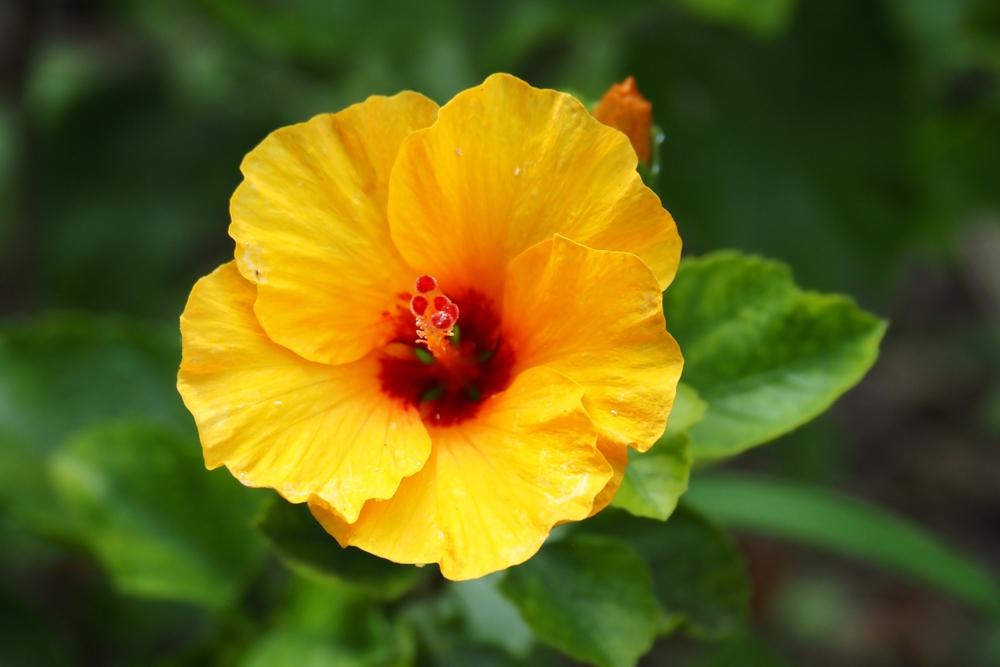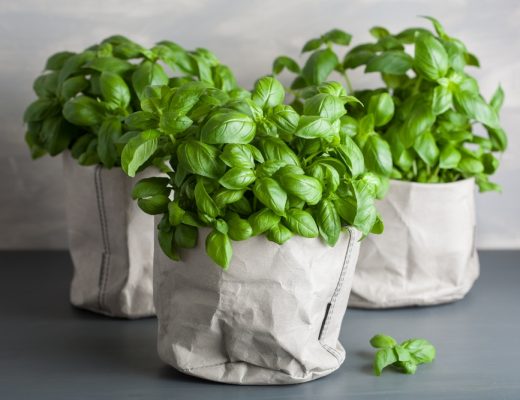The vibrant yellow hibiscus, known locally as pua aloalo, is a stunning symbol of Hawaii’s rich natural beauty and cultural heritage. This bright, cheerful bloom holds a special place in the hearts of Hawaiians and represents the lush landscapes of the islands. Let’s dive into the history, significance, and care tips for Hawaii’s state flower.
History of the Hawaii State Flower
Hawaii’s relationship with the hibiscus dates back centuries. Various hibiscus species are native to the Hawaiian Islands, with some being endemic—meaning they’re found nowhere else on Earth. The yellow hibiscus (Hibiscus brackenridgei), in particular, is native to Hawaii and is celebrated for its delicate petals and vibrant yellow hue. This species belongs to the mallow family (Malvaceae) and thrives in Hawaii’s warm climate.
Historically, hibiscus flowers were used in Hawaiian leis, a symbol of love, friendship, and hospitality. The yellow hibiscus specifically gained prominence for its striking appearance and its role in showcasing the unique flora of the islands.
When and Why It Was Chosen as the State Flower
The yellow hibiscus became the state flower of Hawaii in 1988, although the hibiscus genus as a whole had been unofficially associated with the state since the 1920s. This specific designation highlighted the importance of preserving native Hawaiian species. By choosing the yellow hibiscus, Hawaii not only celebrated its natural beauty but also emphasized the importance of conservation efforts for endemic plants.
The tradition of lei-making traces back to Polynesian settlers who brought it to Hawaii, incorporating native flowers, leaves, shells, seeds, and feathers into elaborate garlands. In ancient Hawaii, leis were worn to signify rank, royalty, or alliances and were often given during religious ceremonies or special occasions. Over time, this custom evolved into a universal expression of hospitality and affection, making leis an integral part of Hawaiian identity.
How Leis Are Made
Traditional leis are crafted with meticulous care, using natural materials sourced from the islands. Flowers like plumeria, orchids, and hibiscus are strung together with needles and string or woven into garlands. Some leis incorporate leaves, kukui nuts, or shells, depending on the occasion and the maker’s preference. The most common styles of lei-making include the string method (using a single thread), the wili method (wrapping materials around a base), and the haku method (braiding flowers and greenery into a headpiece). Each lei is handmade with intention, often reflecting the giver’s sentiments or the recipient’s personality.
Occasions for Leis
Leis are a cherished element of many Hawaiian celebrations and ceremonies. They are exchanged during birthdays, weddings, graduations, and anniversaries to mark milestones and show appreciation. Visitors to Hawaii are often greeted with a lei as a symbol of welcome and aloha, while leis are also offered as part of farewell rituals. Additionally, leis play a central role in May Day (Lei Day), a Hawaiian holiday dedicated to celebrating the art of lei-making and the culture of the islands. Whether worn for a joyous occasion or offered as a token of remembrance, leis carry a deep sense of connection, tradition, and the beauty of Hawaiian heritage.
Fun Facts and Other Blooming Information
- While many hibiscus species are found in Hawaii, Hibiscus brackenridgei is endemic, meaning it grows naturally only in Hawaii.
- Although the state flower is yellow, hibiscus blooms can appear in a variety of colors, including red, pink, white, and orange. However, the yellow hibiscus stands out for its symbolic significance.
- The yellow hibiscus is considered an endangered species due to habitat loss and competition with invasive plants. Conservation efforts are in place to protect this iconic flower.
- In Hawaiian culture, the hibiscus is often associated with femininity and beauty. A flower worn behind the ear can signify relationship status: on the left for someone taken, and on the right for someone single.
Growing and Care Information
If you’re inspired by the yellow hibiscus and want to grow one in your garden, here are some essential care tips:
- Soil: The yellow hibiscus prefers well-draining soil that is slightly acidic to neutral. A mix of sand, loam, and organic matter works best.
- Sun: These plants thrive in full sun, needing at least 6-8 hours of direct sunlight daily to bloom vibrantly.
- Water: While they appreciate consistent moisture, it’s crucial to avoid waterlogging. Allow the top inch of soil to dry out between waterings.
- Zones: Yellow hibiscus grows well in USDA hardiness zones 9-11, making it ideal for tropical and subtropical climates.
- Pruning: Regular pruning encourages healthy growth and blooming. Remove dead or diseased branches to maintain the plant’s shape.
- Fertilizer: Use a balanced, slow-release fertilizer during the growing season to promote vibrant flowers and lush foliage.
For gardeners outside of tropical climates, consider growing the yellow hibiscus in containers that can be brought indoors during colder months.
Explore More About State Flowers
The yellow hibiscus is a striking example of how flora can represent a state’s identity and natural beauty. If you’re curious about the official flowers of other states, check out our full list of state flowers. To explore more floral wonders, you can also learn about the Washington state flower.
Bring the Beauty of Flowers Home
Whether you’re inspired by the yellow hibiscus or other blooms, fresh flowers can brighten any space. Check out our flower delivery options to bring a piece of nature into your home.
Hawaii’s state flower, the yellow hibiscus, is more than just a pretty bloom. It’s a symbol of the islands’ unique ecosystem, cultural heritage, and the enduring spirit of aloha. By learning about and protecting this beautiful flower, we honor the rich biodiversity and history of the Aloha State.
Shop All



